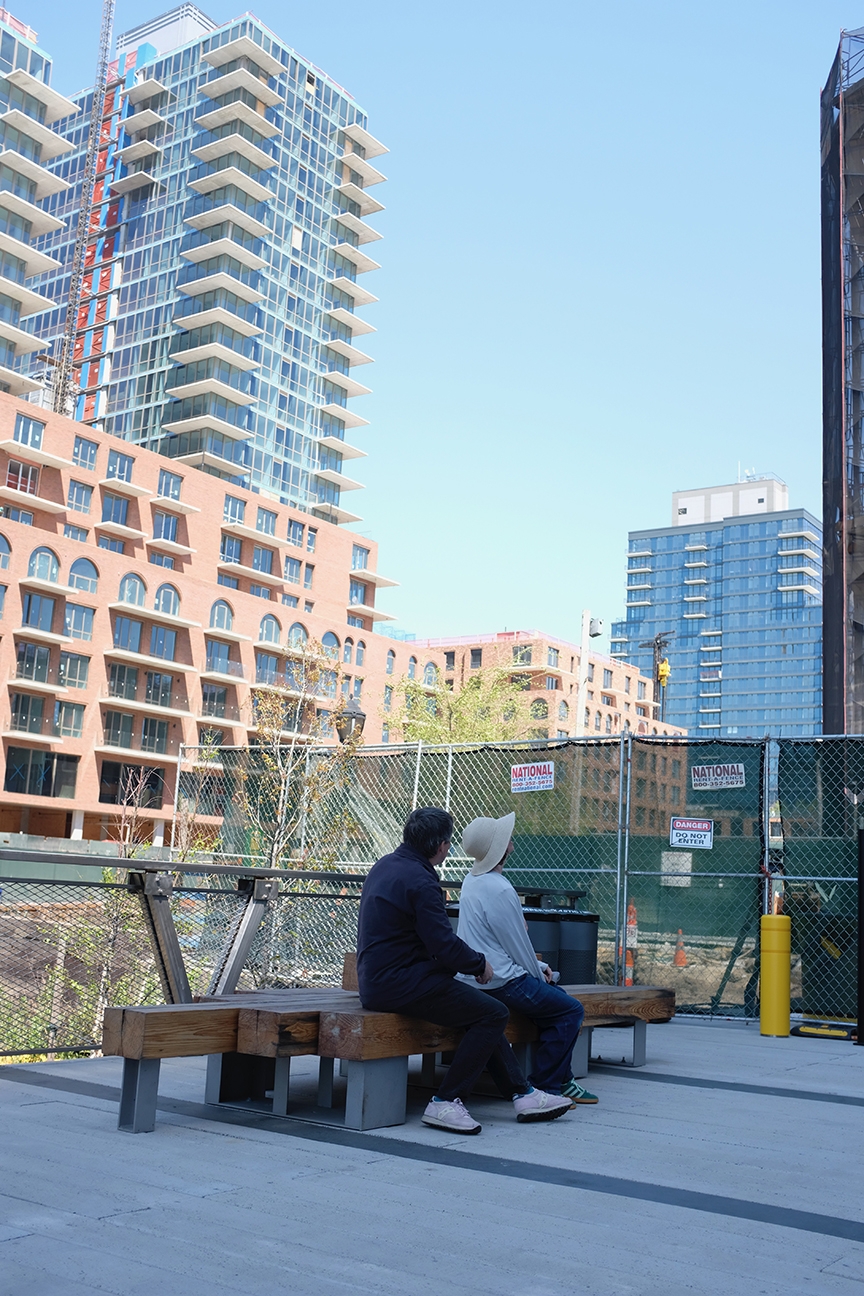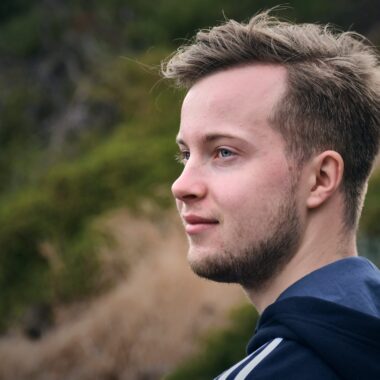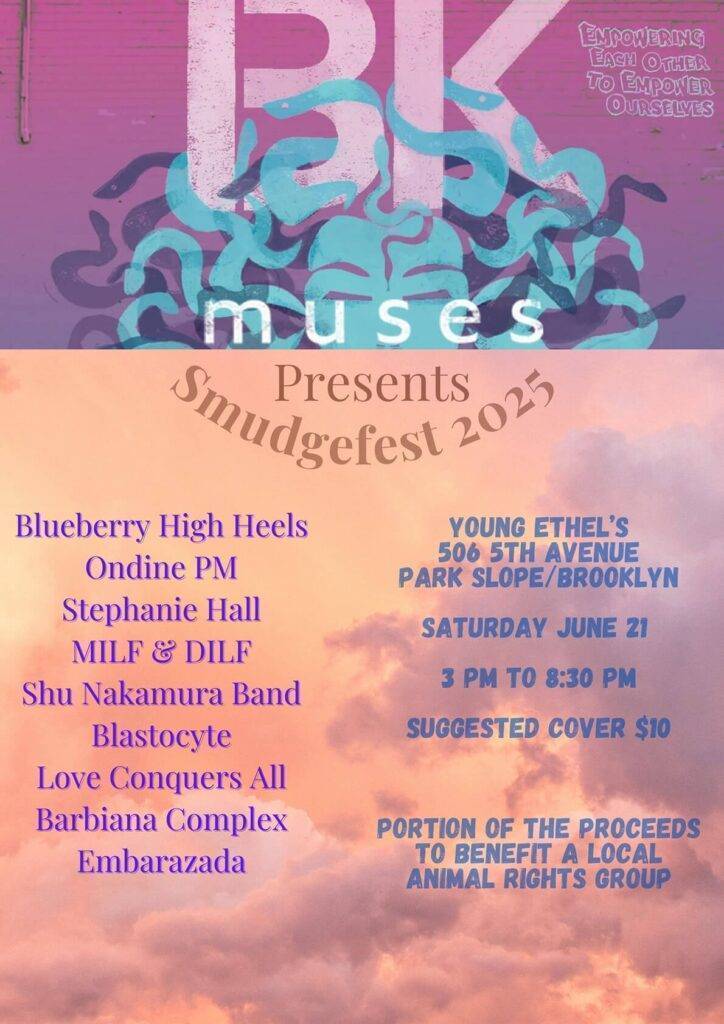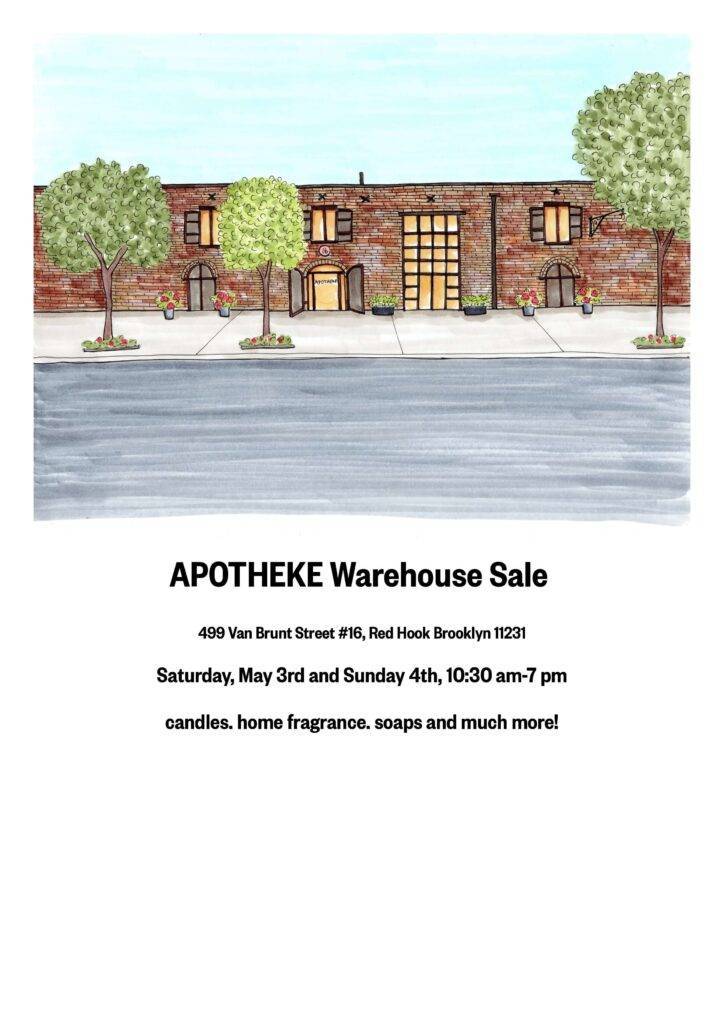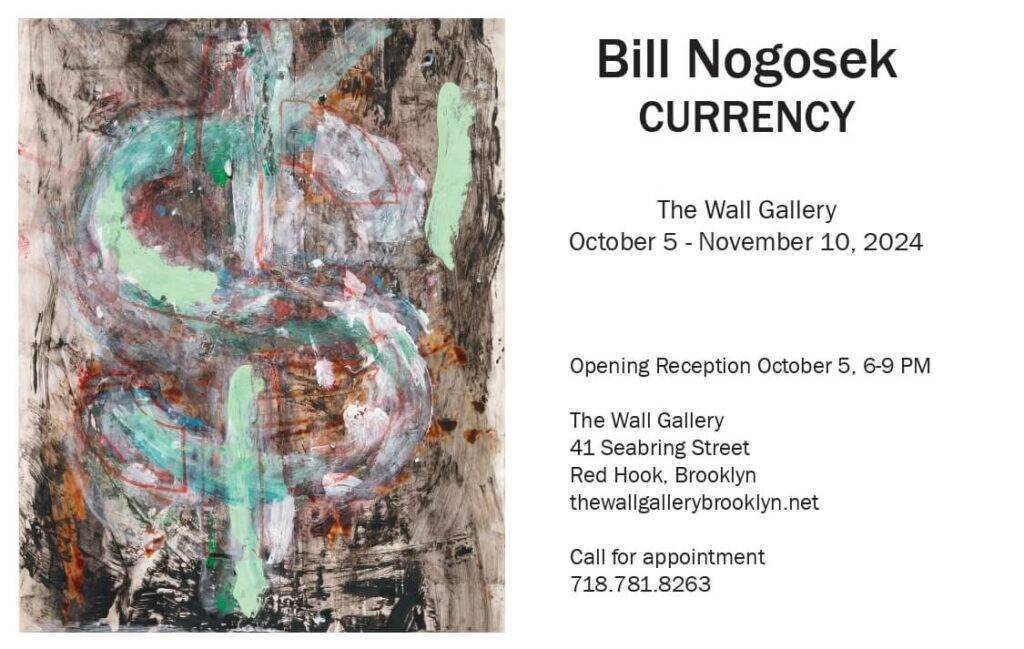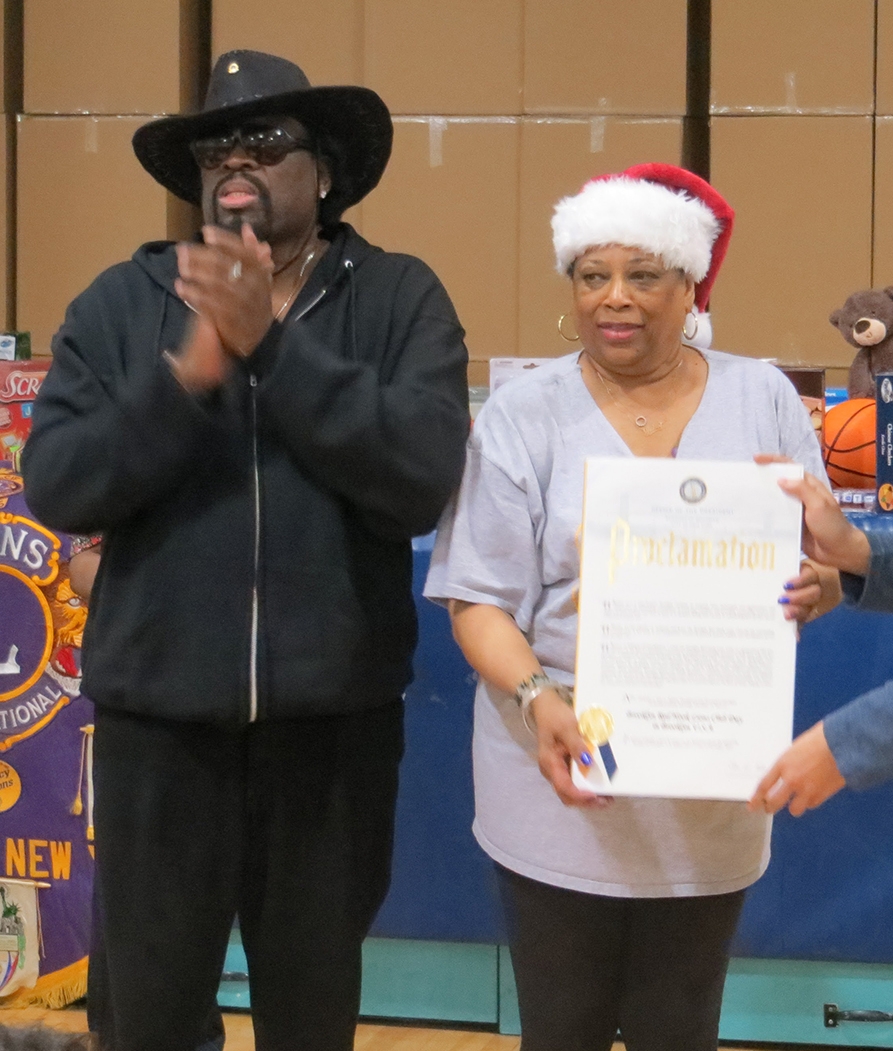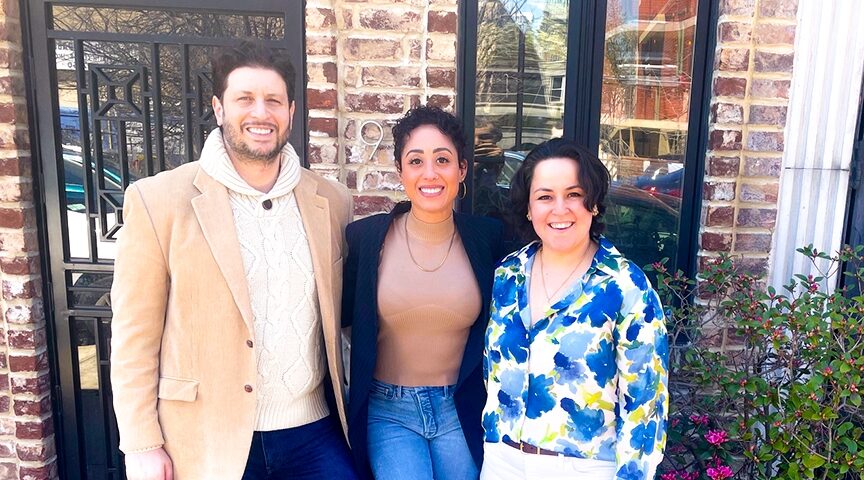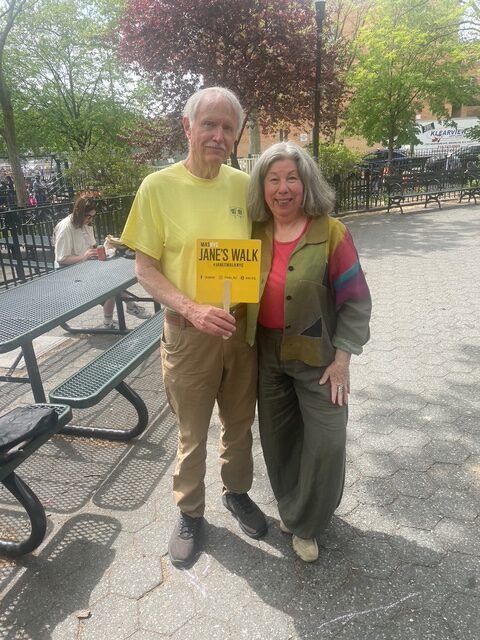“Welcome to Venice Jerko!”
On the opposite side of the Gowanus Canal, the message, graffitied on the wall of a brick building, welcomed during a part of the 2010s new residents moving into luxurious 365 Bond, the first residential development along the canal.
A static shot of the sardonic greeting captures a core theme of the new documentary Gowanus Current: the struggle between community members seeing their neighborhood falling into the hands of real estate developers, and the whitewashed images of what Gowanus is, created by the very same developers.
For a decade, wife-and-husband team Jamie Courville (director, producer, editor) and Chris Reynolds (director, producer, cinematographer) trekked the area, capturing with their cameras the massive cleanup of the canal, the development along its both banks, and the neighborhood-altering rezoning process and the community’s efforts to be included.
The plan wasn’t for the film to be about the future of Gowanus, though. It began in 2013 as a short film neighborhood portrait, but as the city and local elected officials took the first steps toward a broad rezoning of the area along the canal, that became a story too dominant to ignore.
From introductory presentations by developers to public meetings ending with the announcement that an agreement had been reached, viewers follow the rezoning process through the lens of a community grappling with a project that doesn’t just promise the risk of gentrification, but the prospect of a complete reconstruction.
“This was sort of a remaking of an entire neighborhood. Just flattening it out and putting in something completely new. Gentrification is something that happens in cities, but this is not that. This is something so far different. It’s just so out of control,” Courville said. And as a community, she added, “What do you do with that? That’s hard if it’s your home.”
The two filmmakers made a point of showing that. The film only leaves Gowanus once during its nearly 90-minute runtime, toward the end when then-Council Member Brad Lander announces the rezoning agreement in front of City Hall. Everything else is filmed as if it could have been captured by any neighbor (or concerned citizen) who attended the many public engagement meetings and community-organized gatherings. No behind-the-scenes, no interviews.
“It’s the one part of the process that’s closest to a level playing field. None of it is completely fair, but it’s the one part that almost anybody can participate in. So that’s the part that we tried to show,” Reynolds explained.
As new construction work and cleanup begin, they’re frequently juxtaposed with views of the canal—coal tar blooms, trash, and raw sewage—that reminds us of what still awaits new residents of Gowanus: one of the dirtiest bodies of water in the United States, contaminated for more than a century with toxic sludge and sewage.
This is, for obvious reasons, something that comes up again and again in the film, with residents and agency officials noting the filthy water that splits the neighborhood.
The film is both an official record of sorts (author’s claim, not the filmmakers) of the rezoning’s public engagement process and a traumatic reminder for any NYC resident whose neighborhood has suffered the power of elected officials looking to go along with the plans of real estate developers.
For viewers who, over the last eight months, have battled with the city for meaningful involvement in the Brooklyn Marine Terminal redevelopment, the shots from the public engagement process in Gowanus will feel eerily similar to the public workshops put on in Red Hook by the city’s Economic Development Corporation. The informational posters look the same, and the language is flawlessly interchangeable between the two projects. The 3D-printed apartment complexes used by the EDC are certainly an upgrade from the wooden blocks and cardboard cuttings Gowanus residents can in the film be seen using to “build” what they want to see in the remake of their neighborhood, but the city’s playbook is the same. Community members who have not been adequately informed are treated like children for raising concerns, and they’re constantly reminded of the “trade-offs” of community goods like affordable housing and green space.
But the film captures the many community members who, despite the city’s best efforts, spoke out in meeting after meeting. “It’s not easy to stand up and say what you think in these rooms. People were really brave to take these roles and try to affect the future of their neighborhood. And I’m not sure it really turned out for much, I’m not really sure how much they were heard, but I was really impressed by the courage and effort that people put into it,” Reynolds said.
Seeing the 2013 and 2014 and 2015 Gowanus in Gowanus Current is a strange, almost gaslighting experience. Did it really look like this at one point in time? Nowadays, the neighborhood is engulfed in construction noise, dust, and toxic vapors, and is home to about as many people as skeletons of buildings slowly coming into form.
“It does feel like a hellscape,” Courville remarked.
“I don’t think anybody, even the most pro-development person, enjoys this part of it. So it’s not fair to make a judgment based on how awful Nevins Street is right now,” Reynolds added. “We’ve been to Williamsburg, we’ve been to Long Island City, Greenpoint; I think we have a pretty good idea of what it’s going to feel like here. Maybe some people like it, but it’s not my thing.”
Still, the film captures the complex nature of a project like the rezoning of Gowanus: a divided community, with hardliners resisting change forced upon them, individuals and groups actively supporting more development, and those in between, who by compromising hope that maybe they can get something out of it at the end.
Visitors to Gowanus can no longer see the “Welcome to Venice Jerko” graffiti. In a strike of irony, it was torn down a few years back to make room for the first residential development post-rezoning, 420 Carroll. But equally ironically, the developer of 420 Carroll, offers its residents “timeless river and city views.” If you just squint hard enough, perhaps the construction and sewage-filled canal does look like Venice. Welcome, Jerko.
The next screening of Gowanus Current is on May 13 at the Cobble Hill Cinema.
Author
-

I’m a New York-based journalist from Sweden. I write about the environment, how climate change impacts us humans, and how we are responding.
View all posts
I’m a New York-based journalist from Sweden. I write about the environment, how climate change impacts us humans, and how we are responding.
Discover more from Red Hook Star-Revue
Subscribe to get the latest posts sent to your email.

